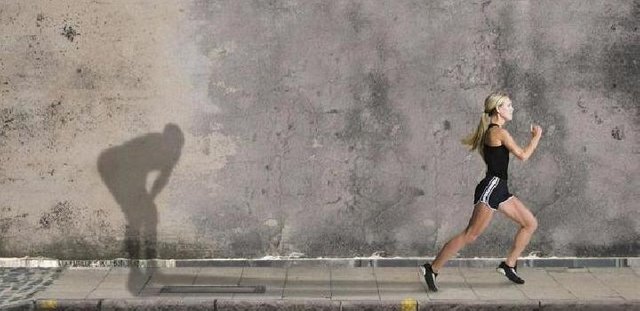Is it true that long-distance running is bad for your knees?
As long as the use, there must be a normal range of loss, but do not worry about. Any material that wears out under prolonged stress, including the bones, meniscus, ligaments and muscles that make up the knee, is no exception. But our bodies are not static devices. It changes in response to external stimuli. Fragile skin, for example, produces calluses. Bones and muscles are no exception. After long-term exercise, bones become denser and muscles stronger.
That said, the best way to avoid running injury to your knee is to reduce wear and tear and increase the strength of your bones and muscles. Now that we know the principle, what should we do?
Limit your runs: for starters, it makes more sense to increase your runs once every two weeks. Equivalent to a week to improve, a week to consolidate results. And the increase need not limit the deliberate proportion. Focus on your body and stop as soon as you feel the weight on the ground or the pressure on your knees!
Reduce speed training: for long runs and endurance runs, even an experienced runner will generally not exceed 10 percent of his or her total speed training, and will generally only have one interval speed training session per week. New runners don't have to schedule speed training at all, and can even joke that no one needs to do it outside of the marathon time of 3 hours and 30 hours. As long as a reasonable amount of training accumulation, good rest arrangements will steadily improve performance.
Adjust your running posture: first, control the position of your ankle as far below or slightly behind your knee as possible when you hit the ground. Secondly, the foot tribe should keep as much as possible in the forefoot, especially the center of gravity should fall in the forefoot between the big toe and the second toe. Also, keep your body stable and don't sway from side to side.
Muscle strengthening: strong muscles in the legs and thighs provide protection for the knees. Especially the quadriceps femoris and the tensor fascia diffuser on the front. Quadriceps are strong and reduce the impact of landing on the patella and meniscus, which is the cause of a lot of pain in the front of the knee.
Stress stretching and relaxation: fully stretch your muscles, ligaments and even fascia after training, so that they can quickly recover from fatigue and become more powerful during regeneration. Without stretching for long periods of time, your muscles will become less extended. Not only does it affect stride size, it also affects running posture. And the relaxation before running, warm-up stage is also necessary.

👍😂
Posted using Partiko Android